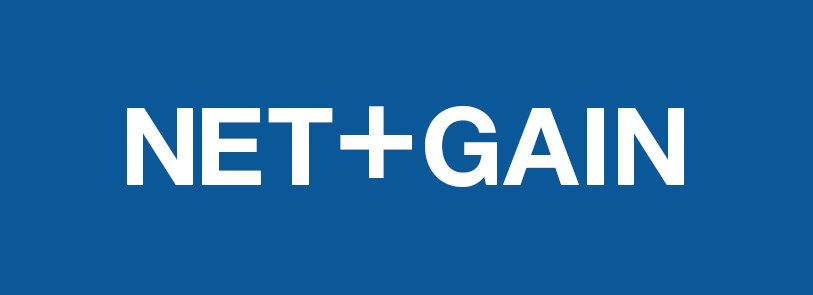The Real Deal on Sports Fields
In Toronto, as in other growing cities, the demand for sports fields is hard to meet. The City’s Parks, Forestry and Recreation (PF&R) division’s 2017-38 plan estimates that one field per 10,000 people is needed, and that the current ratio of 1:8,900 actually exceeds this requirement. The plan also calls for over $20 million in repairs to existing fields and adding 45 fields to keep pace with population growth.
Despite the optimistic tone of the plan, scarcity prevails where fields aren’t near young families. If families cannot easily reach fields, especially during rush hour, the fields are effectively unaffordable. Kids’ sports must also compete with adult use for daylight hours, making scheduling more difficult. The plan overlooks the extent to which amateur sports clubs struggle to secure field permits and the costs incurred when renting fields from private schools or commercial operators. This suggests demand exceeds capacity, regardless of what ratios indicate.
The $20 million estimate only brings existing fields to a safe condition without adding capacity. Grass fields can sustain limited hours of use before degrading. Synthetic fields, costing about $2 million each, can double capacity, but only 10 of the City’s 340 fields are synthetic. Converting fields would add capacity equivalent to five new fields, but at significant cost. Adding lights could double usage, though it increases expenses and concerns from nearby residents.
To achieve the goal of 45 new fields through synthetic turf would require 90 conversions, costing $180 million. This would meet the per capita ratio without ensuring fields are in optimal locations near families. Therefore, PF&R acknowledges the need to acquire new land. However, a soccer field requires 81,000 square feet, and land in Toronto costs at least $100 per square foot, making acquisition expensive. With the required space for amenities, land costs could exceed $450 million. Including construction, the total cost to reach the 1:10,000 ratio could top half a billion dollars.
Examples like Regent Park and Cherry Beach illustrate the challenge. Regent Park, near residential areas, is in constant use, while Cherry Beach, built on a remote former industrial site, sees far less use. While Cherry Beach added more fields, its location and past contamination made it less valuable to the community. This demonstrates how metrics alone can misrepresent value.
The City needs about 100 acres for 45 fields, but most of PF&R’s land is dedicated to conservation or other uses. With limited funds, even a suboptimal site may appear advantageous. The plan calls for a half-billion-dollar investment, but City Council faces a $26 billion infrastructure funding gap, making this goal unrealistic.
A practical solution is needed. The plan’s references to working with schools should be a central strategy. Schools, located near families, have fields that are underused outside of school hours. The City could convert 90 school fields to synthetic turf, avoiding land acquisition costs and reducing the budget to $200 million. A shared-use agreement would expedite implementation compared to acquiring new land.
The Toronto District School Board (TDSB) recently made a deal with a rugby club to upgrade Lawrence Park Collegiate Institute’s field, setting a template for future partnerships. With hundreds of existing fields in the TDSB’s portfolio, and the Catholic School Board's additional 136 fields, collaboration could be more effective than pursuing new land.
In conclusion, the City should invest in converting existing fields rather than acquiring new land. The cost savings and quicker implementation would better serve the public’s needs than PF&R’s current unfunded plan. It’s time to prioritize practical, achievable solutions over ambitious but unrealistic strategies.

